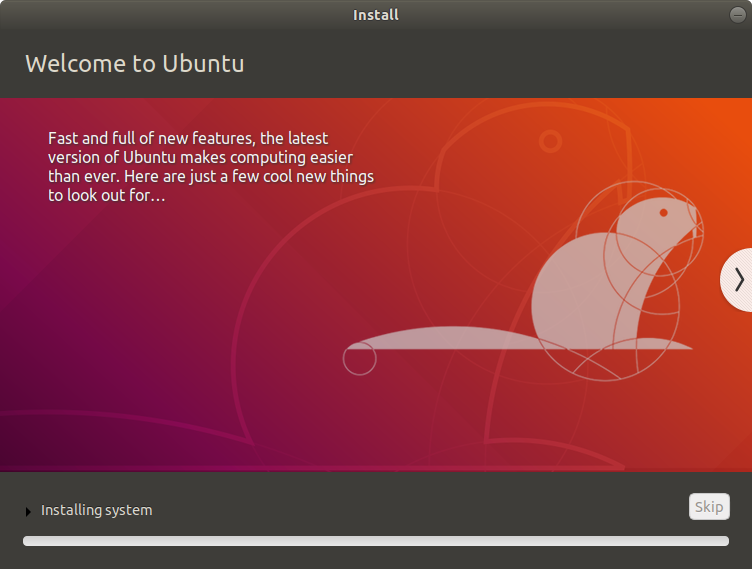

If we only see one volume (EFI Boot), then the installation media is not supported for this device. You often see Master Boot Record (MBR) partition tables here.

This use on older hardware which uses BIOS. It is common for GUID Partition Table (GPT) partitions to be used. EFI Boot - Newer hardware which support UEFI.When the boot menu appears, if everything works as expected, we should see two volumes:.We may or may not have a Recovery HD depending on our macOS/OS X setup. Immediately press and hold the Option (or Alt) ⌥ key until we see the boot menu (rEFInd if installed, else the default macOS/OS X). To start our installation, make sure we insert our Kali Linux installation medium and power on the device.Note:- Now we will be wiping any existing data on the hard disk, so please backup any important information on the device to an external media. In-built wireless may not work, as firmware-b43-installer is not included in the default images.When using the graphical installer, you may notice the tracepad does not function (but will after Kali Linux is installed).We may be able to increase the chances of booting (especially older hardware and non-EFI) from a USB drive by having rEFInd pre-installed.Different results when trying to boot by using either a CD/DVD or a USB drive.Depending on the Mac hardware model & year, you may find:.



 0 kommentar(er)
0 kommentar(er)
